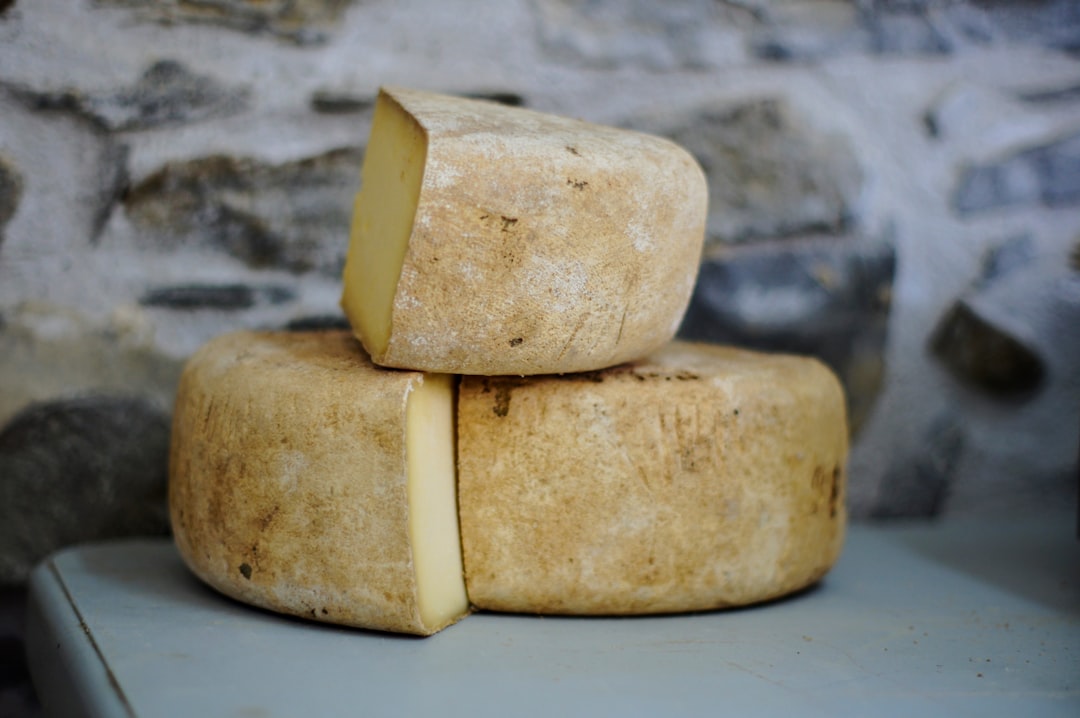Milk is a versatile ingredient that can be transformed into a variety of delicious dairy products, with cheese and yogurt being two of the most popular. The processes involved in turning milk into these dairy delights are fascinating and require precision, patience, and a deep understanding of microbiology. This blog post will delve into the production processes of cheese and yogurt, highlighting the key steps and techniques used to create these beloved dairy products.
Cheese Production
Cheese making is an ancient art that involves several intricate steps to convert milk into a wide range of cheeses, from soft and creamy to hard and aged. Here’s an overview of the cheese-making process:
-
Preparing the Milk: The journey begins with milk preparation. Cheesemakers may pasteurize or heat-treat the milk to kill off unwanted bacteria and create an optimal environment for starter cultures to grow.
-
Acidifying the Milk: Starter cultures are added to the milk to convert lactose into lactic acid, lowering the pH and starting the curdling process.
-
Curdling the Milk: Rennet, an enzyme, is added to coagulate the milk, forming curds and whey. The size of the curds can influence the final texture of the cheese.
-
Cutting the Curd: The curds are cut to release more whey, with the size of the cuts determining the moisture content and hardness of the cheese.
-
Processing the Curd: The curds may be cooked, stirred, or washed to further separate them from the whey and develop the cheese’s flavor and texture.
-
Draining the Whey: The whey is drained, leaving behind the curd, which can be molded into various shapes depending on the type of cheese.
-
Salting and Shaping: Salt is added for flavor, and the cheese is shaped into its final form using molds or by hand.
-
Aging: The cheese is left to age, which can range from a few weeks to several years, developing its characteristic flavor and texture.
Yogurt Production
Yogurt is another popular dairy product made by fermenting milk with specific bacteria. Here’s how yogurt is produced:
-
Pasteurization: Milk is heated to kill off harmful bacteria and create a favorable environment for the starter cultures.
-
Cooling: The milk is cooled to a temperature suitable for adding the starter cultures, typically around 110-115°F.
-
Inoculation: Starter cultures, such as Lactobacillus bulgaricus and Streptococcus thermophilus, are added to the cooled milk.
-
Fermentation: The mixture is incubated at a consistent temperature, allowing the bacteria to ferment the lactose into lactic acid, thickening the milk into yogurt.
-
Chilling: The yogurt is cooled in the refrigerator to stop the fermentation process and set the yogurt.
Conclusion
Turning milk into cheese and yogurt involves complex processes that require careful attention to detail and a deep understanding of microbiology. Whether it's the art of cheese making or the simplicity of yogurt production, each step plays a vital role in creating these delicious dairy delights. By appreciating these processes, we can better enjoy the variety of cheeses and yogurts available to us and perhaps even try our hand at crafting them ourselves.
Citations:
- https://sclydeweaver.com/blog/how-is-cheese-made/
- https://www.britannica.com/topic/cheese-making
- https://microbenotes.com/yogurt-process-types-uses/
- https://maureenabood.com/how-to-make-yogurt/
- https://downshiftology.com/recipes/how-to-make-homemade-yogurt/
- https://www.thespruceeats.com/important-steps-in-cheesemaking-591566
- https://www.youtube.com/watch?v=w0uVbTPd68w
- https://mykitchenclatter.com/homemade-yogurt/
- https://littlespoonfarm.com/raw-milk-yogurt-recipe/
- https://kateris.org/what-are-the-7-stages-of-yogurt-production/
- https://www.youtube.com/watch?v=1ETczdYkMnE
- https://www.scherjon.eu/cheese-production-infographic/
- https://pubs.nmsu.edu/_e/E216/
- https://en.wikipedia.org/wiki/Cheesemaking
- https://www.instructables.com/Making-Cheese-at-Home/
- https://content.instructables.com/F19/QLYF/I4VQBVU1/F19QLYFI4VQBVU1.jpg?auto=webp&sa=X&ved=2ahUKEwiIoPmM6JCMAxWBVqQEHc3wK_gQ_B16BAgBEAI
- https://www.dairy.com.au/products/cheese/how-cheese-is-made
- https://www.seriouseats.com/homemade-yogurt
- https://brodandtaylor.com/blogs/recipes/the-science-of-great-yogurt
- https://www.youtube.com/watch?v=Qxr0w4P_tzw

Comments
No comments yet. Be the first to comment!
You must be logged in to comment. Login